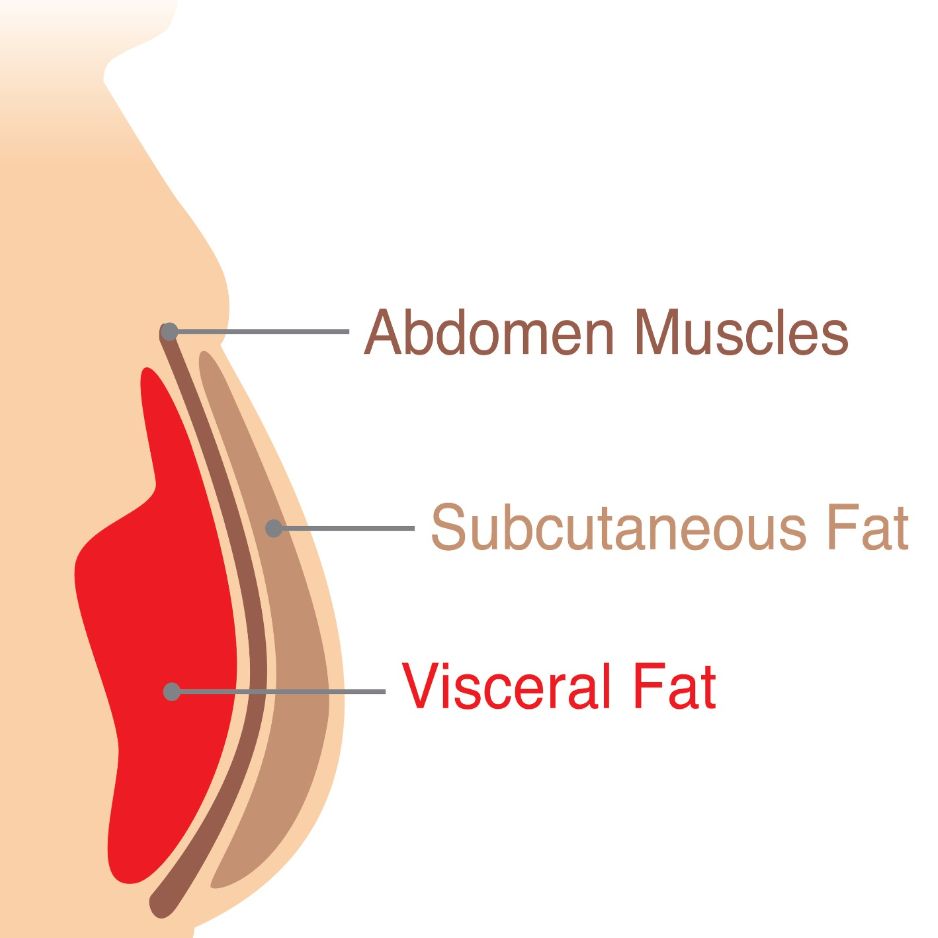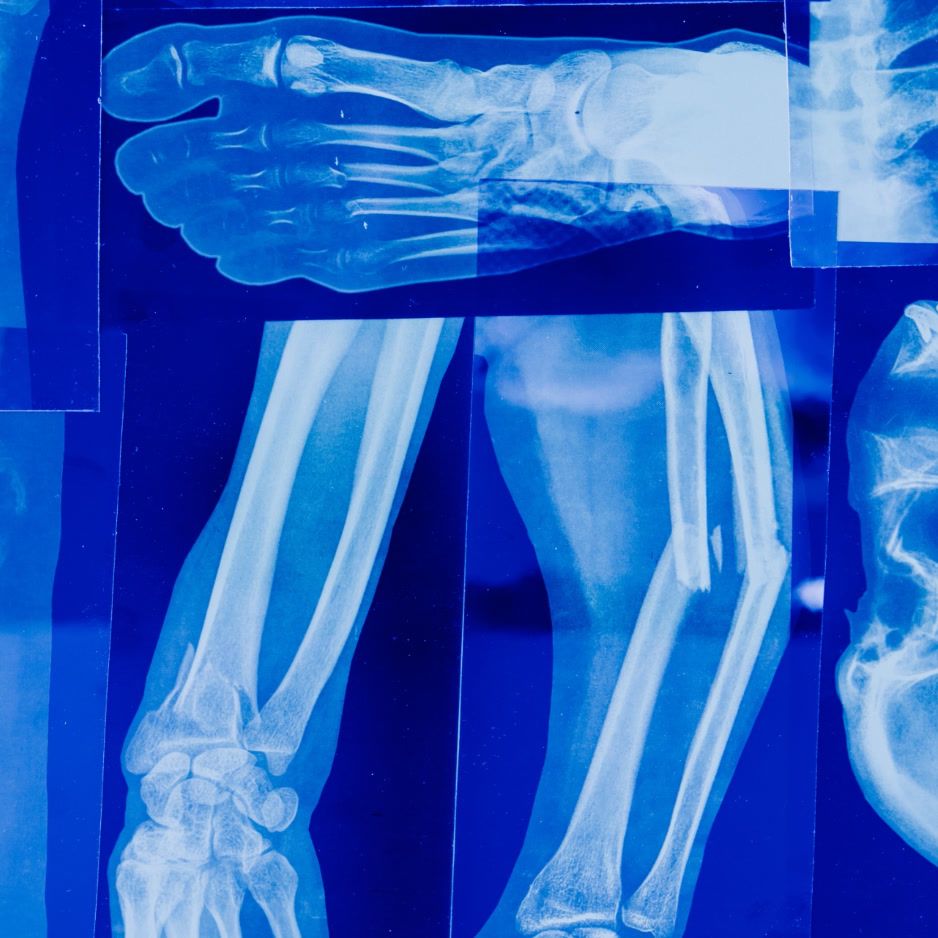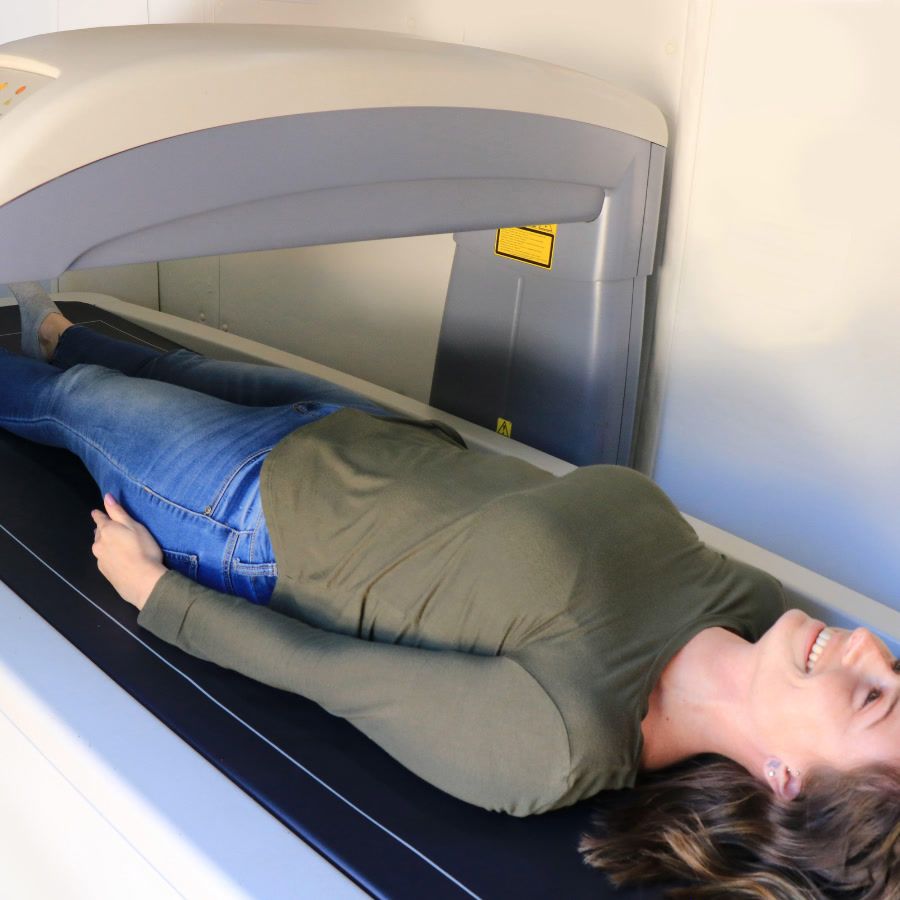What Is Body Composition?
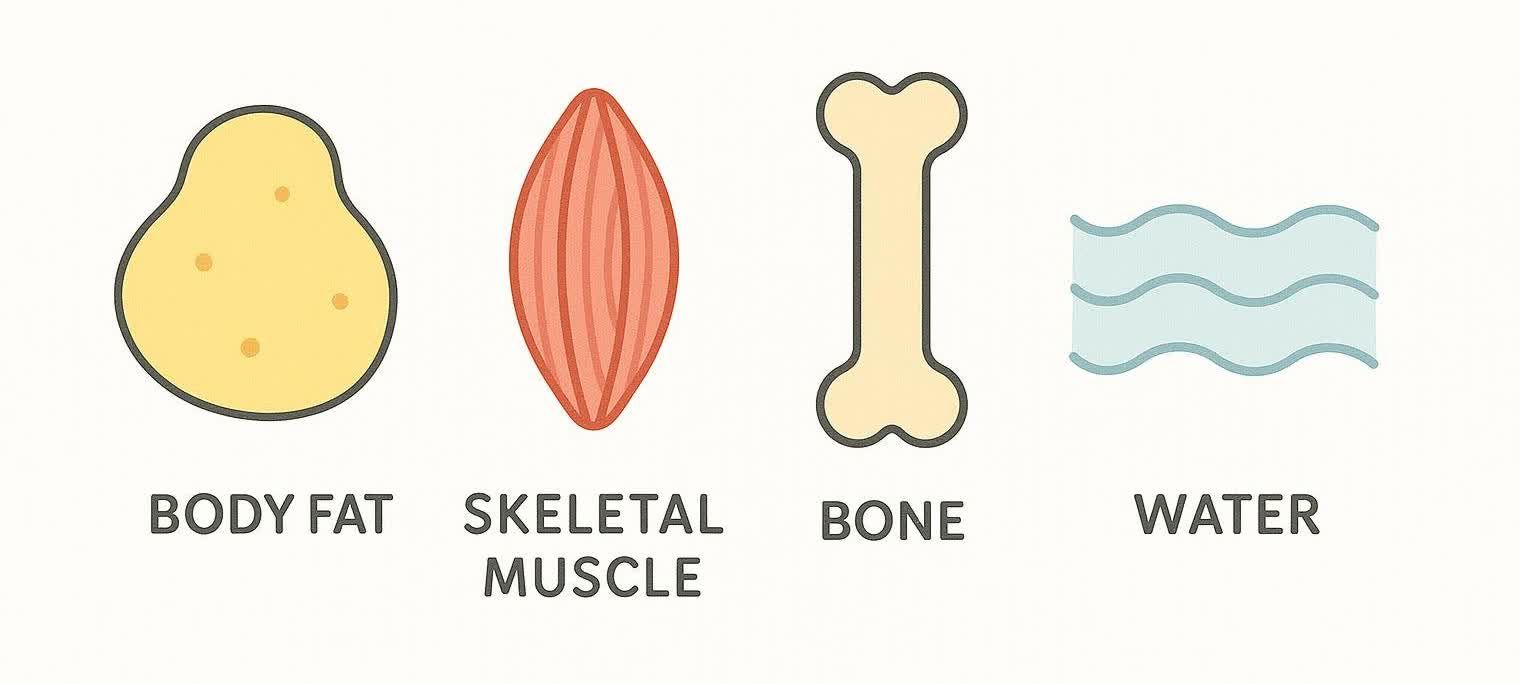
What Is Body Composition? Definition, Measurement Methods, Health Implications, and How to Improve It
Most of us have stepped on a scale, seen a number we didn’t love, and wondered what it really means. Body weight, however, is only a partial story. Body composition—the ratio of fat, muscle, bone, and water that make up your body—paints a far clearer picture of health, athletic performance, and long-term wellness (Verywell Health). In this guide, you’ll learn:
- What body composition actually measures
- Why it matters more than scale weight or BMI
- The most accurate ways to test it (spoiler: DEXA reigns supreme)
- Science-backed strategies to shift your ratio in a healthy direction
Whether you’re a personal trainer, a weight-loss seeker, or a curious health professional, consider this your comprehensive primer.
Body Composition 101: The Main Components
When physiologists talk about body composition, they usually divide the human body into two broad categories:
- Fat mass (FM) – all adipose tissue, including essential fat and storage fat.
- Fat-free mass (FFM) – everything else: skeletal muscle, organs, bone mineral, connective tissue, and body water.
For practical purposes, we can zoom in on four key compartments:
| Component | What It Is | Why It Matters |
|---|---|---|
| Body fat | Essential and storage fat found under the skin (subcutaneous) and around organs (visceral). | Excess visceral fat is linked to cardiometabolic disease and mortality (NCBI). |
| Skeletal muscle | Contractile tissue that moves your body and burns the majority of your daily calories. | More muscle improves strength, metabolic rate, and glucose control. |
| Bone mineral content | The calcium-rich matrix that supports structure. | Low bone mineral density increases fracture and osteoporosis risk. |
| Total body water | Intracellular and extracellular fluids. | Hydration status can influence measurements and performance. |
Fat Mass vs. Visceral Fat
Not all fat is created equal. Subcutaneous fat often sits harmlessly under the skin. Visceral fat, however, wraps around organs like an uninvited guest at your organ party, raising the risk of diabetes, heart disease, and certain cancers. Learn more in our dedicated deep dive, Visceral Fat: Understanding its Health Implications and Management Strategies.
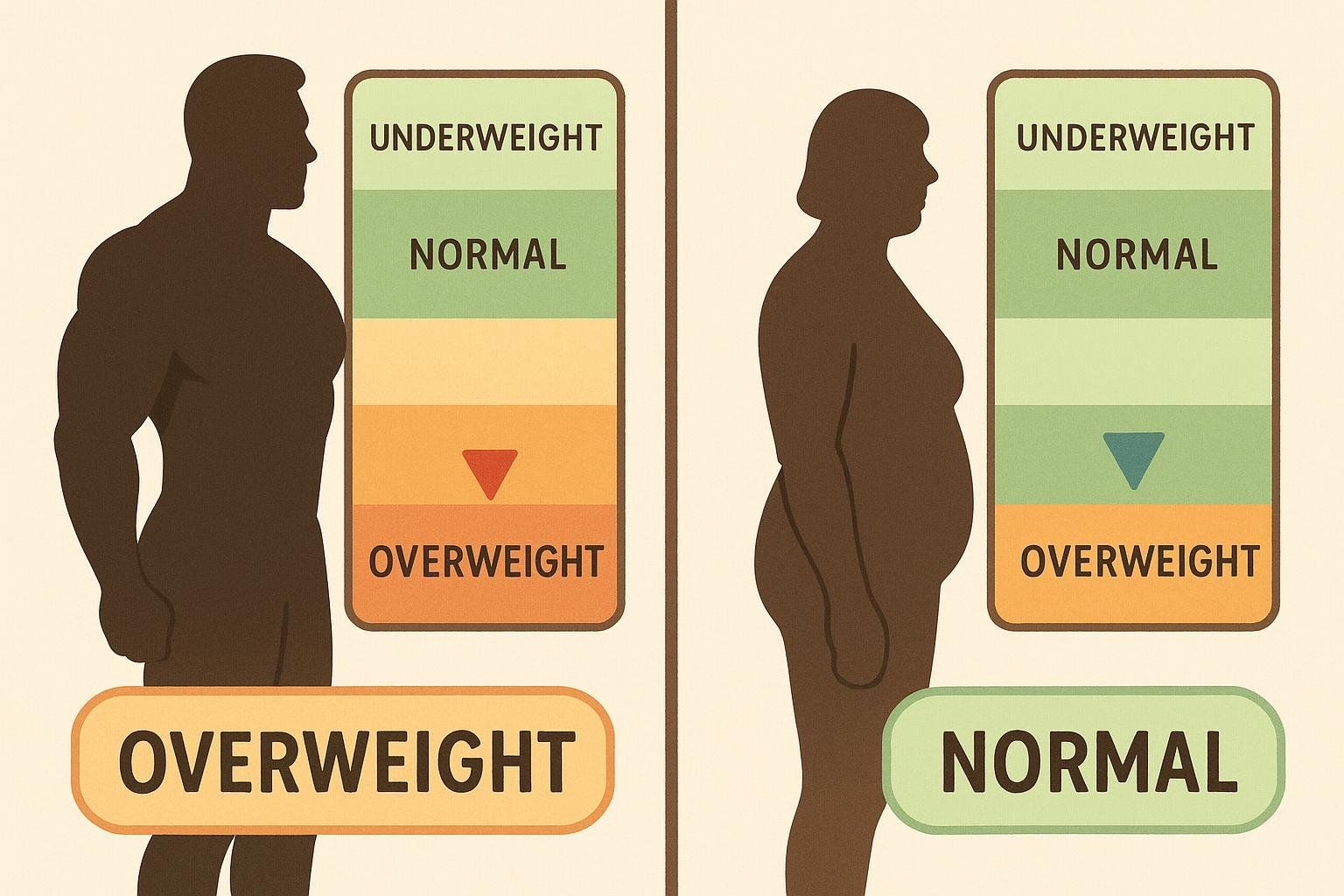
Why Body Composition Beats Scale Weight (and BMI)
A bathroom scale only tells you mass. BMI goes a step further by relating weight to height, yet it still ignores how many of those pounds are muscle versus fat. That blind spot explains why a muscular athlete can be labeled “overweight” while a sedentary individual with low muscle but high fat may look “normal.”
Research shows that high fat-free mass combined with lower fat mass correlates with reduced all-cause mortality, better insulin sensitivity, and enhanced athletic performance (PubMed). Tracking composition, not just pounds, lets you:
- Set smarter goals – focus on losing fat or gaining muscle rather than hitting an arbitrary weight.
- Spot plateaus early – the scale might stall even as you add lean mass and drop fat.
- Personalize nutrition & training – macronutrient targets and workouts differ for fat loss versus muscle gain.
How to Measure Body Composition
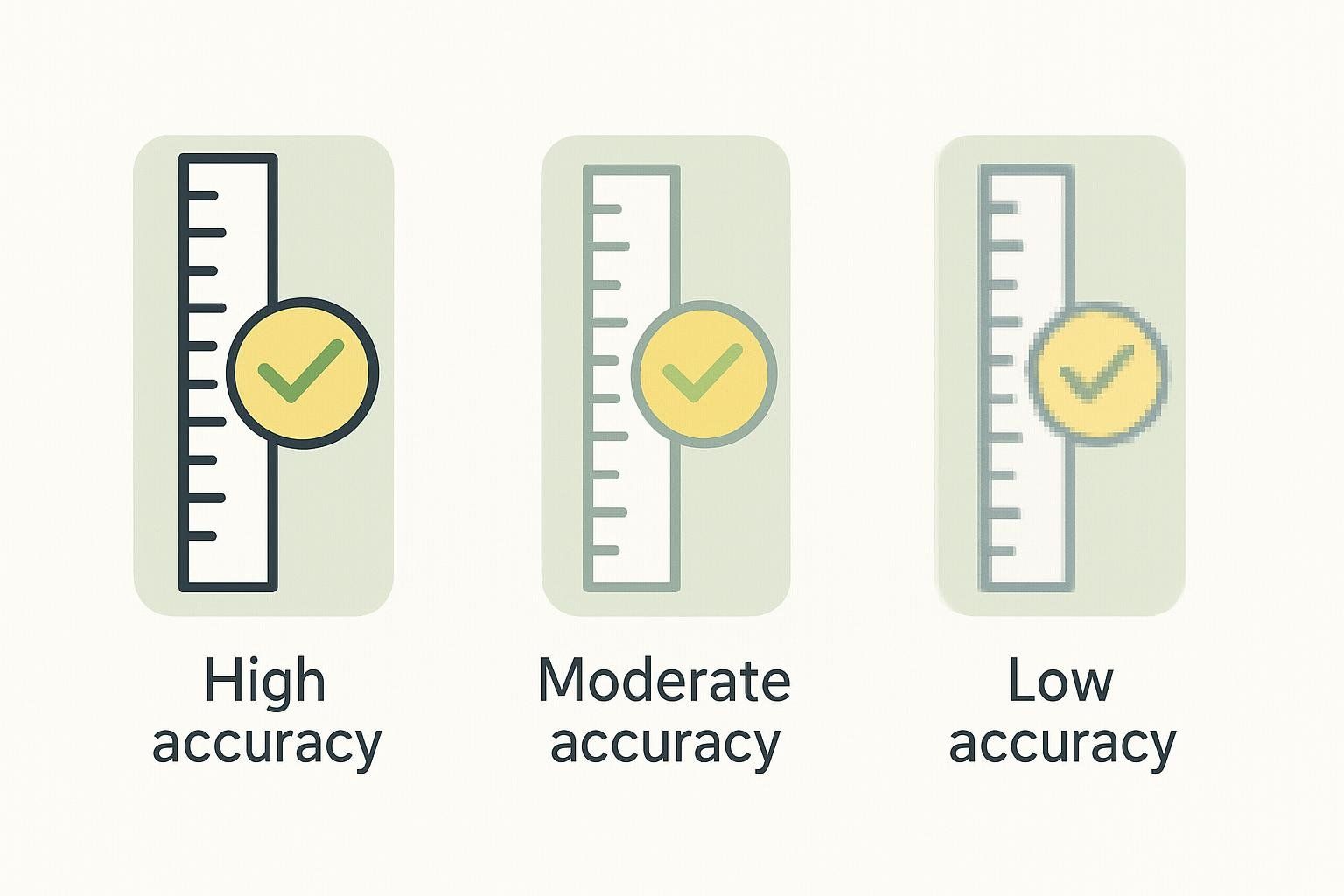
Multiple techniques exist, but accuracy and accessibility vary widely. Below is a side-by-side comparison.
| Method | Accuracy | Pros | Cons | Typical Cost |
|---|---|---|---|---|
| DEXA (Dual-Energy X-ray Absorptiometry) | Gold standard (±0.5–1 %* error) | Regional fat & muscle, visceral fat, bone density; quick (≈ 6 min) | Minimal radiation (~10 µSv, comparable to one day of natural background exposure); requires scanner | $40–$150 per scan |
| BIA (Bioelectrical Impedance Analysis) | Moderate (±3–8 % error) | Fast, portable, common in gyms | Hydration & meal timing skew results | Often free–$50 |
| Skinfold Calipers | Moderate if done by expert | Inexpensive, field-friendly | User skill-dependent; estimates only subcutaneous fat | < $30 per session |
| BodPod | Good (±2–3 % error) | Non-invasive, quick | Access limited; tight clothing required | $50–$100 |
| Hydrostatic Weighing | Historically accurate | Well-researched | Uncomfortable water dunk; not widely available | $50–$100 |
| Smart Scales | Low–moderate | Convenient at home | High error margin; only lower-body impedance | $30–$200 |
BodySpec’s internal quality-control data show a DEXA fat-mass error range of 0.5–1 %. The broader industry typically cites 1–2 % error. Learn more in DEXA Accuracy and Calibration.
Why We Prefer DEXA
DEXA uses two low-energy X-ray beams to differentiate bone, lean tissue, and fat with exceptional precision. It’s the only widely available method that also quantifies visceral fat and bone density in one sitting. Dive deeper into the technology in our post, Understanding DEXA Scans: The Gold Standard for Measuring Body Composition.
Need a scan? Compare prices in How Much Does a DEXA Scan Cost? or find a DEXA scan near you.
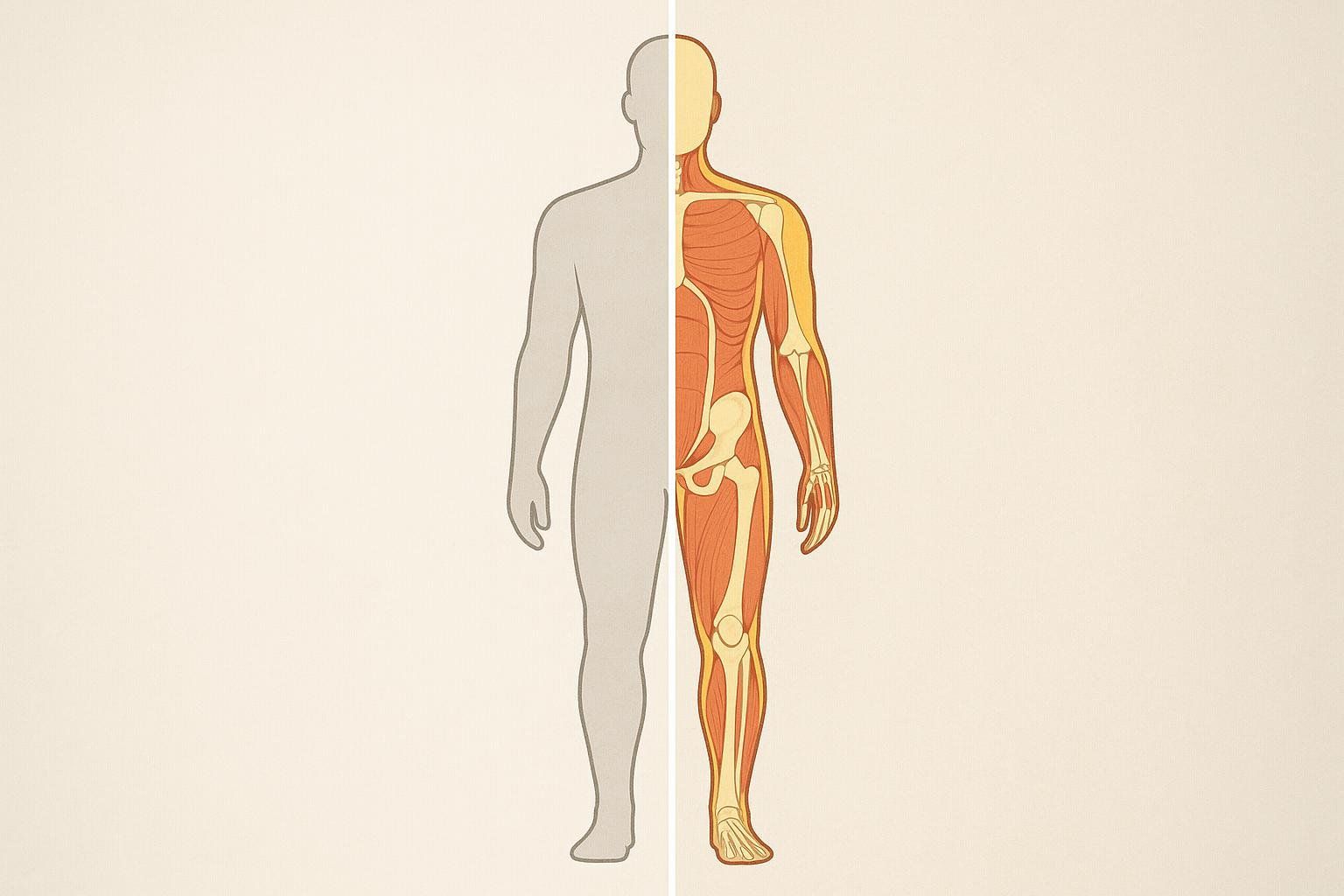
Interpreting Your Results
Below are commonly cited healthy body-fat ranges from the American College of Sports Medicine (ACSM).
| Category | Women | Men |
|---|---|---|
| Essential Fat | 10–13 % | 2–5 % |
| Athletes | 14–20 % | 6–13 % |
| Fitness | 21–24 % | 14–17 % |
| Acceptable | 25–31 % | 18–24 % |
| Obesity Risk | 32 %+ | 25 %+ |
Remember, context matters. A powerlifter at 18 % may be perfectly healthy, while a sedentary desk worker at the same percentage could still benefit from more muscle.
Visceral Fat Cut-Offs (DEXA)
DEXA scans provide visceral fat mass in pounds or kilograms, making the metric easy to grasp. Cardiometabolic risk begins to rise around 2 lb (≈ 0.9 kg) of visceral fat and increases sharply above 3.5 lb (≈ 1.6 kg) (BodySpec Guide).
| Risk Category | Visceral Fat Mass |
|---|---|
| Low Risk | < 2 lb (< 0.9 kg) |
| Increased Risk | 2–3.5 lb (0.9–1.6 kg) |
| High Risk | ≥ 3.5 lb (≥ 1.6 kg) |
If your DEXA report lists visceral fat in cubic centimeters, remember that ≈ 1,000 cm³ ≈ 2 lb. Whichever unit you use, staying below the low-risk threshold keeps inflammatory belly fat in check.
Science-Backed Ways to Improve Body Composition
Body recomposition—losing fat while gaining or preserving muscle—demands a multifaceted approach.
1. Dial in Your Nutrition
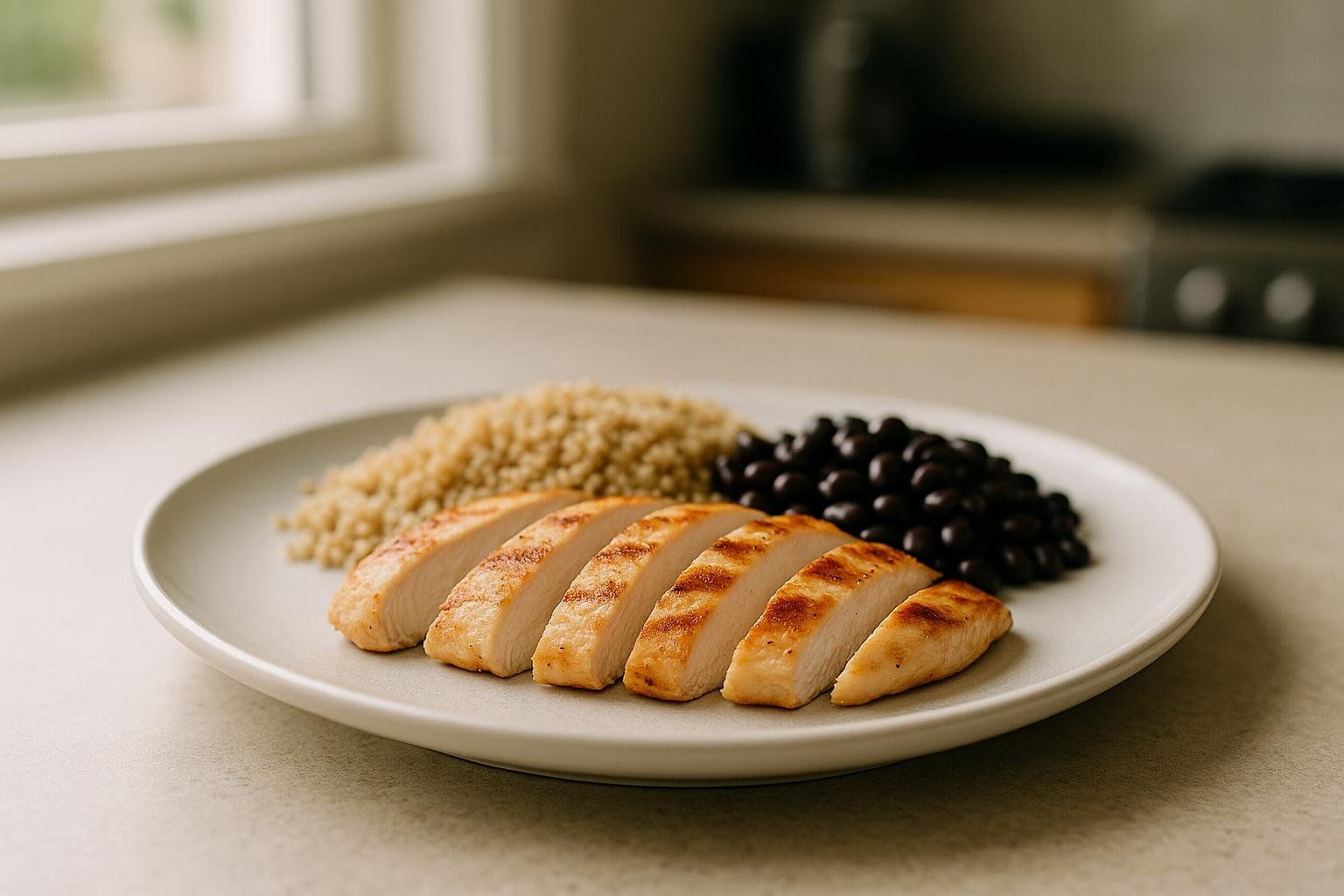
- Create a modest calorie deficit (250–500 kcal/day) for fat loss.
- Prioritize protein (1.6–2.2 g/kg body weight) to spare muscle (Meta-analysis, 2018).
- Emphasize whole foods, fiber, and adequate hydration.
- Consider tracking macros; our guide, The Basics of Macros breaks it down.
2. Lift Heavy—Consistently
Resistance training signals your body to hold onto (or build) muscle even in a calorie deficit. Aim for each muscle group 2–3× per week. New to lifting? Check out Strength Training for Beginners.
3. Sprinkle in Cardio Strategically
High-Intensity Interval Training (HIIT) and moderate-intensity steady-state (MISS) both burn calories. Choose the style you’ll stick with—HIIT vs LISS compares options.
4. Optimize Lifestyle Factors
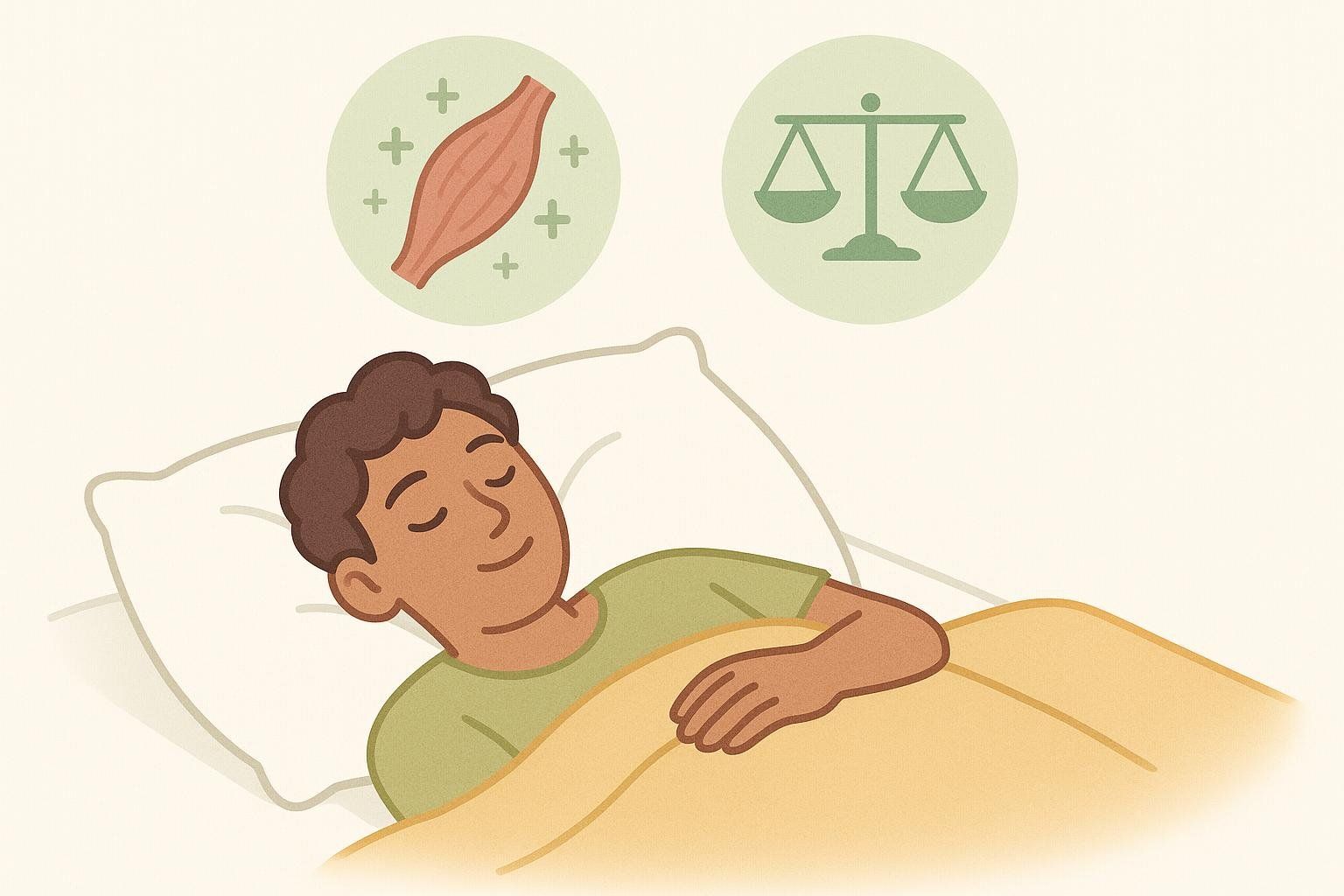
- Sleep 7–9 hours — sleep debt impairs muscle recovery and increases hunger hormones.
- Manage stress — chronic cortisol drives fat storage.
- Limit alcohol — higher doses after exercise suppress muscle protein synthesis and slow recovery (Systematic Review, 2021).
5. Track, Test, Tweak
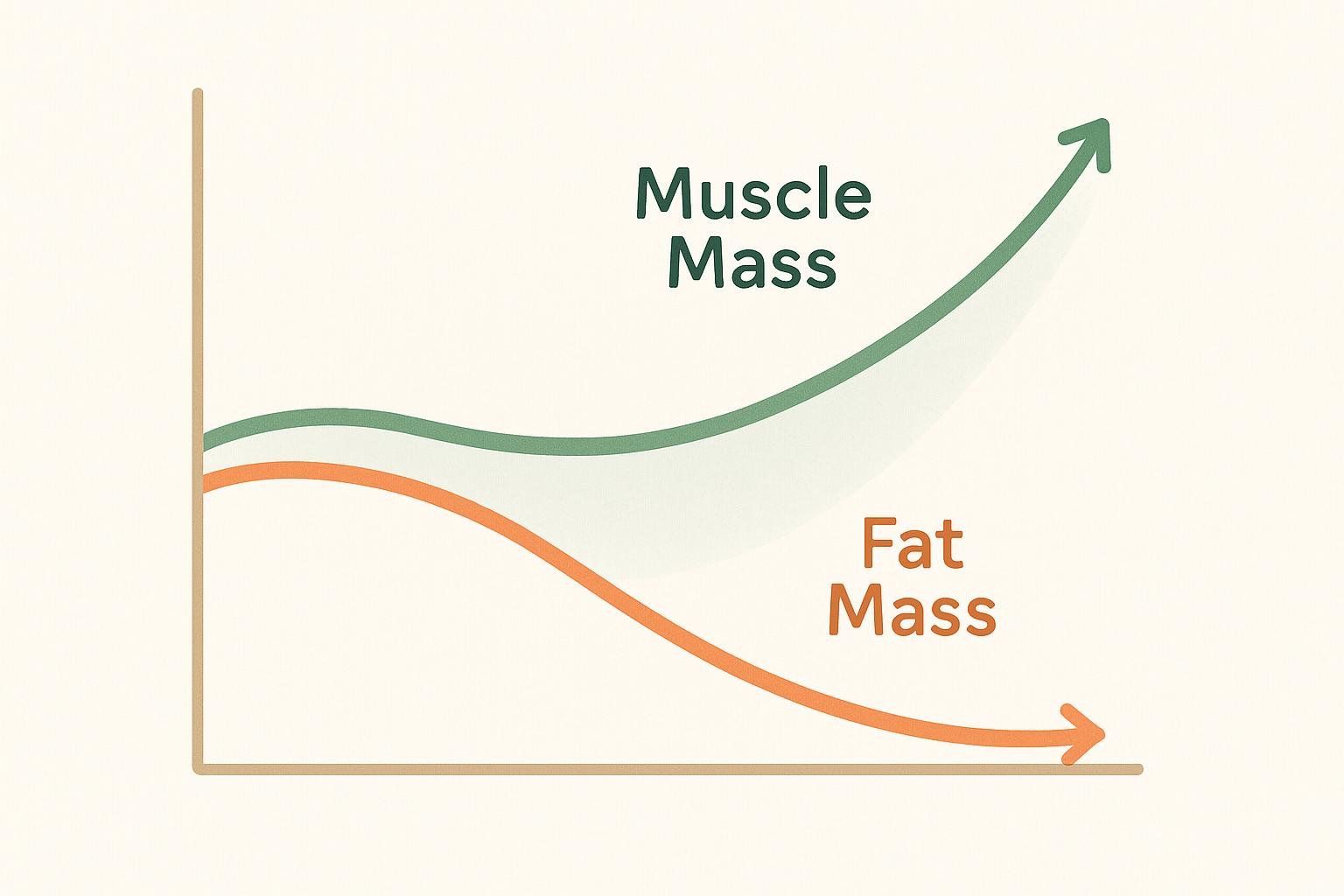
Re-scan every 8–12 weeks with DEXA to quantify progress. Seeing lean-mass gains and fat-mass drops—even if the scale barely budges—can be incredibly motivating.
Frequently Asked Questions
Is body composition the same as body fat percentage?
Body fat percentage is one metric within body composition. A full analysis also considers lean mass, bone, and sometimes water.
How often should I measure my body composition?
For most people, every 2–3 months balances meaningful changes with cost. Athletes in a cutting or bulking phase may scan monthly.
Can I improve body composition without losing weight?
Absolutely. By gaining muscle and losing an equivalent amount of fat, your weight stays stable while your fat-free-mass ratio improves.
Does age affect body composition?
Yes. Sarcopenia (age-related muscle loss) begins as early as your 30s. Regular resistance exercise and adequate protein mitigate the decline.
Take the Next Step
Curious where you stand? Schedule a BodySpec DEXA scan to see the precise breakdown of your fat, muscle, bone, and visceral fat. Then use the actionable insights in this article to set smarter goals and track your transformation.
Ready to see what you’re made of? Book your scan now and start optimizing your body composition today.
